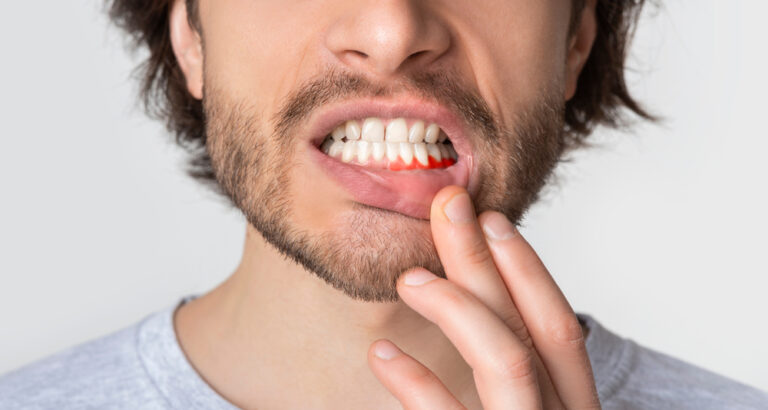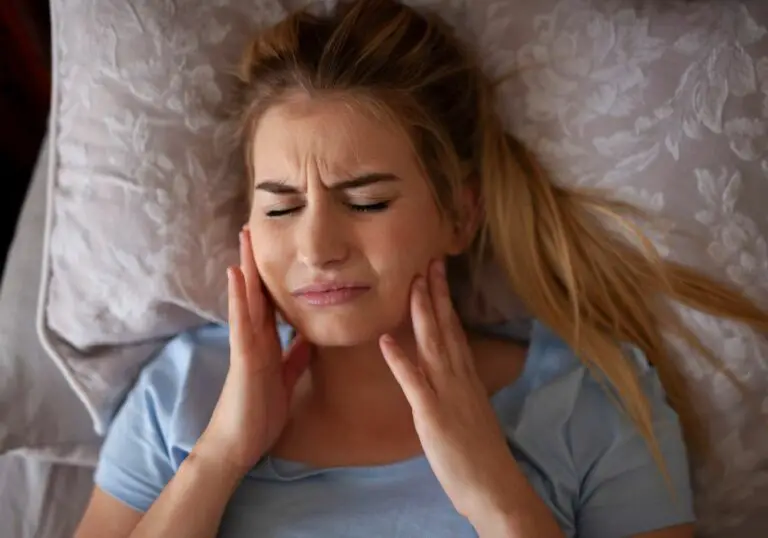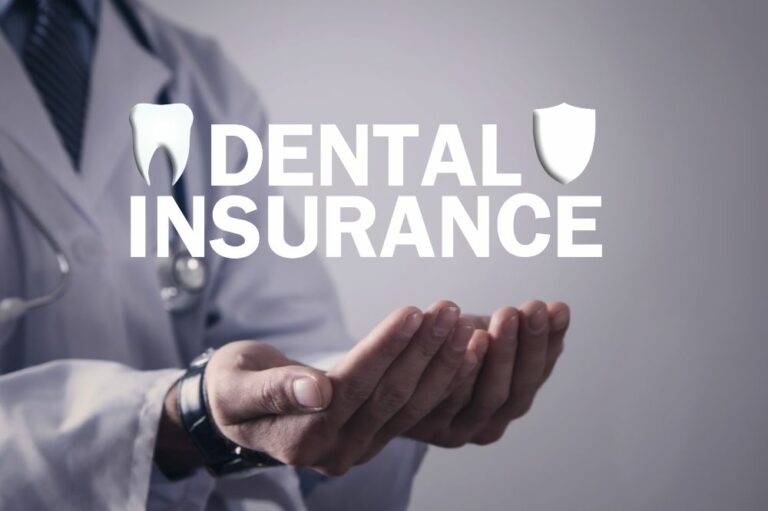When you think of anesthesia, you probably picture an epidural injection, or perhaps general anesthesia involving inhaling a gas to knock you out before surgery. But what type of anesthesia is used for dental work?
Anesthesia has been used for decades to help alleviate the anxieties of many dental patients, from young children going to the dental clinic for the first time to adults with low pain tolerance. Depending on your specific case, your dentist will recommend what anesthesia is best for you.
Let’s take a look at the relevance of anesthesia in the world of dentistry and what types of anesthesia are usually used for getting dental work done. We’ll also tell you about these anesthetics’ side effects and who should be a little more wary of them.
Why is Anesthesia Needed in Dental Work?
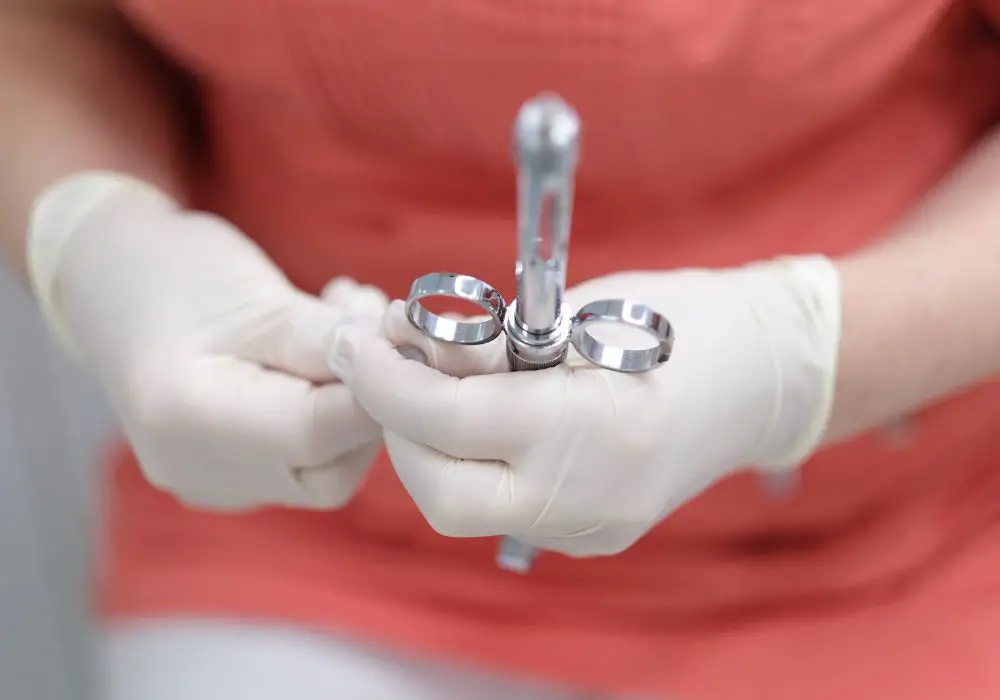
Anesthesia plays a huge role in dental work. Just a dose of it can make one person’s dental experience a lot more pleasant.
Dental work like tooth extractions and root canal therapy are notorious for being immensely painful. Anesthesia works to keep the procedure pain-free, whether by inducing sleep or numbing your sensitive gum tissues. This can make the most nervous patients feel way more comfortable.
Anesthesia also helps the dentist work efficiently on your teeth. If you have jitters or an overactive gag reflex, sudden movements can disrupt the procedure or even injure you.
With some anesthesia, these patients can stay still and immobile, allowing the dentist to perform the dental work as quickly and distraction-free as possible.
What Anesthesia Do Dentists Use on Their Patients?
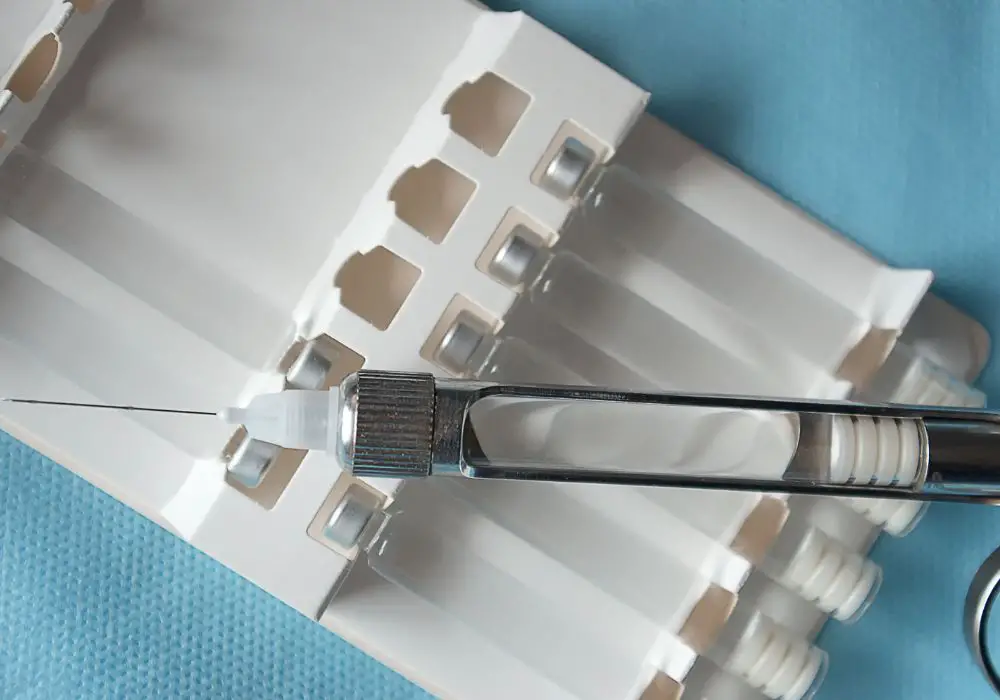
There are many kinds of anesthesia out there. Some are used for women in labor, while others are administered before major surgeries. But what kind of anesthesia is used on someone about to get a dental procedure?
There are three kinds of anesthesia used by dentists on their patients—local anesthesia, sedation, and general anesthesia. These three types of dental anesthesia serve their own unique purpose, depending on the patient’s unique circumstances and the treatment they’re getting.
1. Local anesthesia for simple procedures
First, we have local anesthesia—the most common kind of anesthesia used for dental work. This anesthetic is injected into the gums to numb the area of your mouth that is going to be operated on by your dentist. It can also be applied as a topical gel of cream for mild, routine dental treatments.
A few minutes after local anesthesia is applied, your mouth and gums will start to lose sensation. The numbness is designed to last until your procedure is done so that you feel comfortable the whole way through. Then, it should wear off an hour or so later.
Local anesthesia also reduces bleeding during your procedure. It’s made with vasoconstrictors that compress your blood vessels, minimizing your blood flow to help manage pain and bleeding. This allows your dentist to have an unobstructed view of your mouth while performing the procedure.
Your dentist will administer local anesthesia for simple dental work, including cavity fillings, scaling and root planing, dental implant placement, and simple tooth extractions. Examples of local anesthetics include lidocaine, mepivacaine, bupivacaine, articaine, and prilocaine.
Curious about how dentists inject a local anesthetic into your gums? Check out this quick clip to see how they do it:
2. Sedation for young or anxious patients
For some people, local anesthesia isn’t enough. Sure, you’ll lose sensation in specific areas of your mouth, but being fully conscious can still cause anxiety while the dentist or oral surgeon performs the procedure. For patients who are extra anxious and jittery, sedation is a good anesthesia choice.
Sedation helps patients feel more relaxed during their procedure. They’ll feel drowsy and sleepy, but sleep itself won’t be induced. Relaxing the patient helps them sit still and controls their gag reflex, allowing the dentist to perform dental work without the patient making sudden movements.
Sedatives are an excellent choice for young children and special needs patients. Adults with a low tolerance for pain or an active gag reflex will also appreciate this type of anesthetic. Popular medications used to sedate dental patients include midazolam, diazepam, and opioids.
3. General anesthesia for major surgeries and extractions
Lastly, there is general anesthesia, which is used for major surgeries and extensive procedures. This type of anesthesia induces sleep, so the patient is unconscious the entire time the operation is ongoing.
It’s usually administered through IV or by inhaling a gas like nitrous oxide. For the latter, the dental patient is given a mask to breathe through. In just a few seconds, they’ll fall asleep and wake up only when the procedure is over.
General anesthesia is not typically used in everyday dental work, but it’s very helpful for major, emergency procedures such as jaw reconstruction, complicated wisdom teeth removals, and extractions for problematic teeth. It’s most commonly used in dental procedures done at a hospital.
Does Dental Anesthesia Have Any Side Effects?
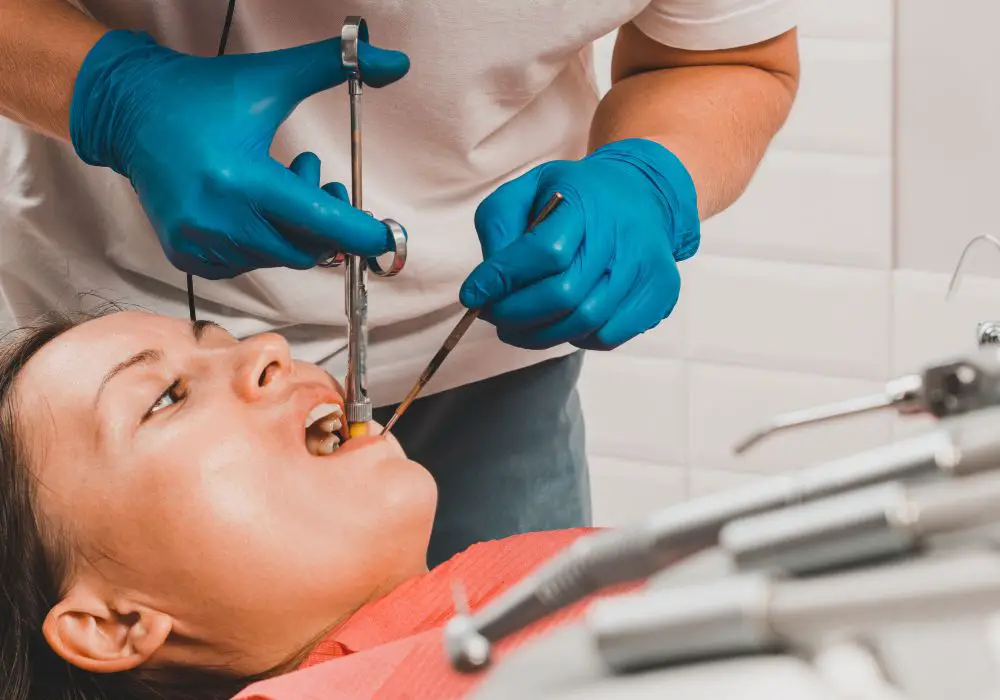
Yes, there are a bunch of side effects you might notice after getting anesthesia for your dental work. Don’t worry though—these side effects are temporary and will fade in a few hours or days. Here are a few to watch out for:
1. Nausea and vomiting
Dizziness and vomiting are common side effects of getting general anesthesia or sedatives. You might feel nausea in the hours after your oral surgery if these types of anesthesia were administered to you. It may even lead to a few headaches.
Nausea right after your oral procedure is perfectly normal. However, if the dizziness and vomiting last longer than a day or two, contact your oral surgeon immediately.
2. Prolonged numbness
Sometimes, the numbness caused by local anesthesia may last longer than just an hour or so, specifically if you were given more than one dose of it during your procedure. While your mouth is still numb, try not to bite your lips, cheeks, and tongue while eating and speaking.
Prolonged numbness might also make a specific part of your face droop. It can make talking or even blinking a little difficult. But don’t worry, the numbness will definitely go away after a few hours.
3. Swelling at the site of injection
Injectable forms of local anesthesia may cause swelling and bruising at the site of the injection. The trauma on your lips and gums from the needle might signal an injury to your tissues, causing a bit of inflammation and redness in the area. Eating soft and cold foods can help soothe the swelling.
4. A rapid heartbeat
Many kinds of local anesthesia contain adrenaline, which is known to increase your heart rate. So, just a few seconds after being injected with a local anesthetic, you may feel your heartbeat getting faster.
You might feel alarmed the first time you feel this, but it isn’t anything to be worried about. The increase in your blood pressure will go down in just a few minutes.
5. Allergic reactions to the medication
Allergic reactions to anesthetics are quite rare, but not impossible. If you notice symptoms like rashes, hives, difficulty breathing, sneezing, or swelling of the face, hands, or feet after getting anesthesia, alert your dentist right away.
Some Must Be Extra Cautious When Getting Anesthesia
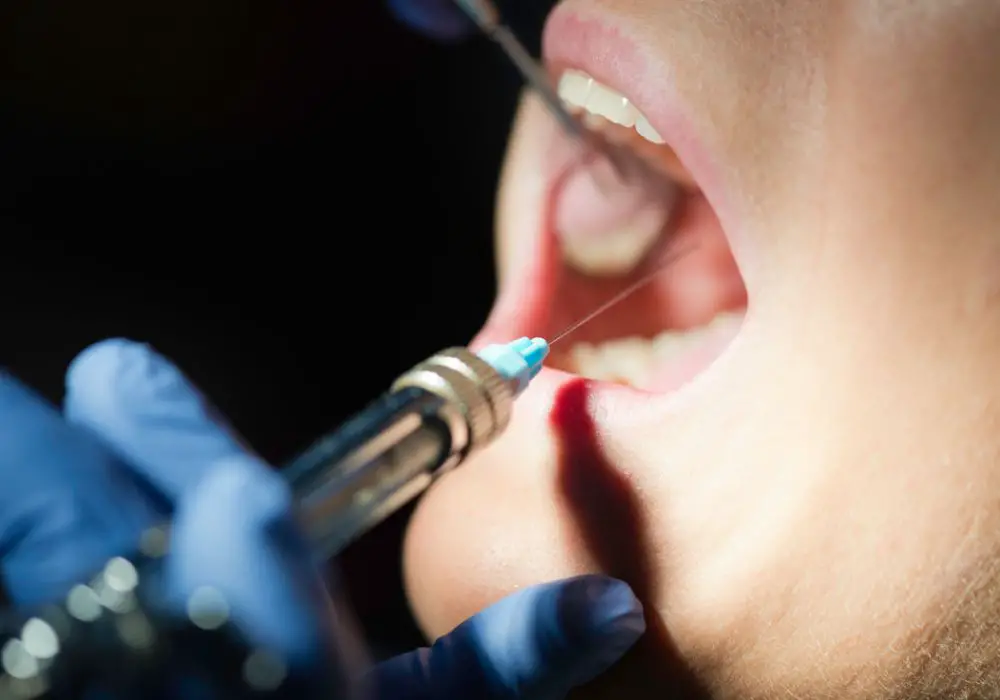
All forms of anesthesia for dental work are generally very safe and are widely used across the world. However, some individuals are more vulnerable to adverse reactions and side effects when getting anesthesia. Here are some of them:
- People who have manifested allergies to anesthetics in the past
- Pregnant women and their child
- Older patients, since they may be susceptible to confusion and delirium after anesthesia
- Those with liver, kidney, or heart problems
- People with epilepsy and other seizure disorders
- Anyone with neurological conditions such as stroke or Alzheimer’s disease
If you fall under any of these groups, it’s best to have a consultation with your doctor or dentist about what anesthesia is suitable for you. That way, you can be confident that the type of anesthesia used will cause minimal side effects and do its job of keeping you comfortable.
It’s important to disclose your medical history and any pre-existing conditions with your dentist or oral surgeon before they administer anesthesia to you. This allows your dental team to look for the most appropriate anesthesia for your case.
Conclusion
For most people, getting anesthesia is a must when going through a dental procedure. The type of anesthesia administered to you will depend on numerous factors, such as your age, anxiety level, health condition, and the kind of dental work you’re about to get done.
Local anesthesia is used for routine procedures and simple extractions. Sedation is used for children and individuals who have a difficult time controlling themselves during the procedure. General anesthesia is for complex operations, like wisdom teeth removal with multiple extractions.
If you’re pregnant or have pre-existing health conditions like hypertension, epilepsy, and allergies, inform your dentist before your appointment. That way, they can plan the safest, most comfortable type of anesthesia for you.

